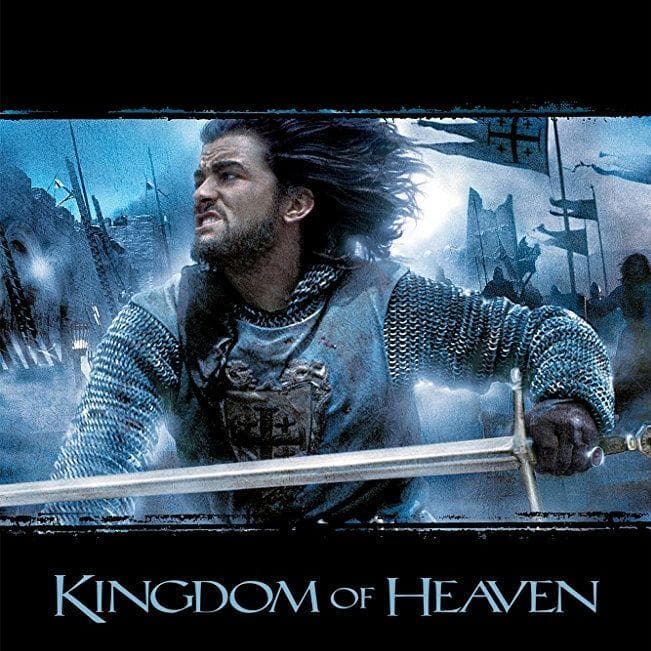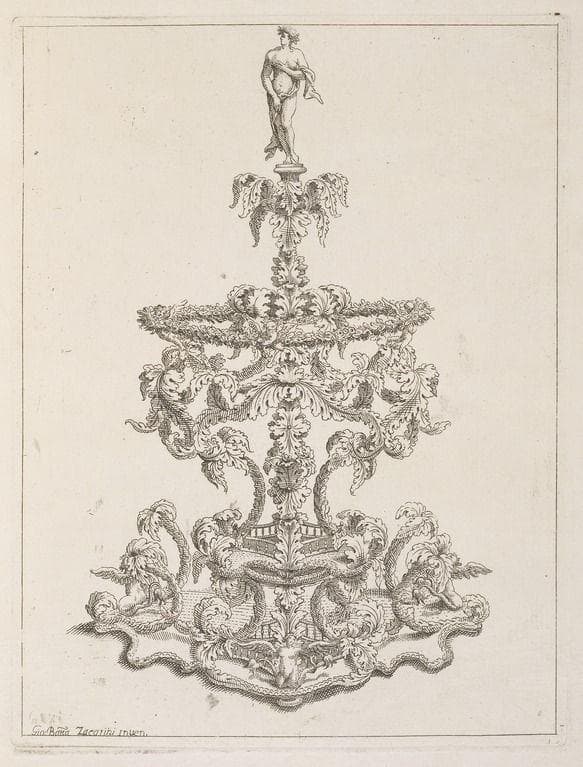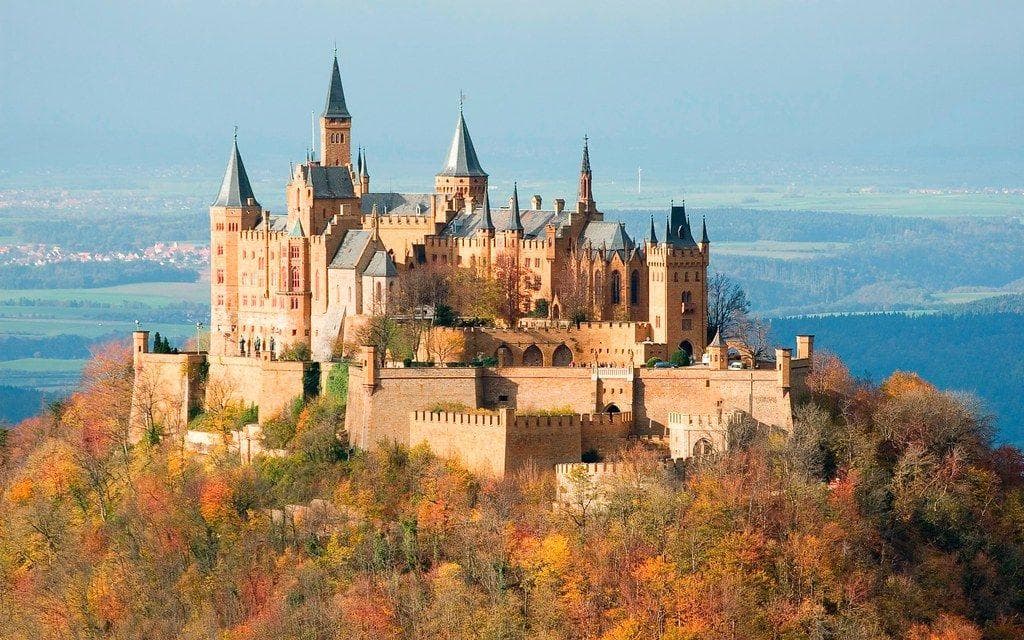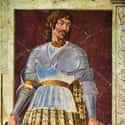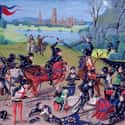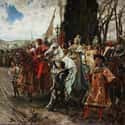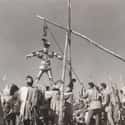-
(#12) MYTH: Knights Were Motivated By Love For King And Country
The Reality: Like warriors throughout the centuries, many medieval knights attributed their motivation to their comrades-in-arms. Jean V de Bueil, a 15th-century French knight, wrote:
It is a joyous thing, war... You love your comrade so much... A great sweet feeling of loyalty and of pity fills your heart on seeing your friend so valiantly exposing his body... And then you are prepared to go and live or [perish] with him, and for love not to abandon him. And out of that, there arises such a delectation, that he who has not experienced it is not fit to say what delight is. Do you think that a man who does that fears [his own end]?
Why the Myth: Our perceptions of medieval chivalry are often shaped by the stories written after the fact. Many of the most influential stories about medieval knights were written during times of great nationalism, so they naturally emphasize devotion to country over all. To this day, seperatist and nationalist groups across the world use medieval and knightly imagery in their movements.
-
(#4) MYTH: Knights Were Chivalrous By Nature
The Reality: A knight was just an armored man with a blade. A code for knightly conduct was developed throughout the 11th and 12th centuries, specifically because knights were incredibly brutal and bowed to no laws. The Church attempted to curtail these tendencies after the attack on innocent civilians in Constantinople during the Fourth Crusade - and this was far from the first time knights had committed such atrocities during the course of their campaigns.
Why the Myth: In part, the "chivalric" code developed because the Church was trying to impose rules on wayward knights. The romantic literature of this era further developed the idea, giving rise to some of the notions about knightly conduct many people believe now. Unfortunately, romantic stories are often confused with knights' actual behavior.
-
(#8) MYTH: All Combatants Belonged To A Nation Or State
The Reality: Mercenaries were plentiful in the medieval world, although they are most closely associated with the small city-states of 13th-century Italy. These states didn't possess the manpower to field troops of their own, but they were wealthy enough to pay for powerful hired companies. These professional troops, comprised of men from all over Europe - former warriors, deserters, lifelong sellswords, and the like - had to travel to wherever the conflict was taking place. They played a significant role in the Hundred Years' War between England and France.
Why the Myth: This myth can be traced back to the way medieval history was taught during nationalist periods in Europe. Historians, in examining the large-scale motions of history, tend to emphasize nations and countries, because that is how we view the world today. However, medieval Europe can be better understood as a series of fiefdoms of various sizes. Many nations, like Italy and Germany, did not exist as we understand them today.
-
(#2) MYTH: There Was No Mercy
The Reality: Mercy in armed engagements during the Middle Ages was largely subject to the character of the victorious leader. However, many recorded incidences of merciful conduct, particularly between Christian forces, exist from the time. Orderic Vitalis, a chronicler and monk, wrote of an engagement between the English and the French:
They were all clad in mail and spared each other on both sides, out of fear of God and fellowship in arms... they were more concerned to capture than [vanquish] the fugitives. As Christian [men], they did not thirst for the blood of their brothers, but rejoiced in a just victory given by God for the good of Holy Church and the peace of the faithful.
Why the Myth: This is another example of sensationalism in historical writing. The most gripping moments in medieval conflicts tend to be the most brutal, and so bloody fights like the Crusader attack on Jerusalem or the Battle of Hastings are remembered most prominently. However, that doesn't mean that vicious, merciless battles were commonplace. Most battles were smaller and low-stakes, which made mercy more probable.
-
(#9) MYTH: Knights Used Primitive Cranes To Mount Their Horses
The Reality: When Laurence Olivier made his film Henry V, he included a scene in which a primitive crane lifts an armored knight onto a horse. His historical advisors objected to this scene, however, as no evidence exists that such a device was necessary. An entire suit of armor weighed approximately 55 pounds, which is less than many modern servicemen carry into combat.
Why the Myth: In this particular case, Olivier's movie is probably most responsible for the widespread myth, and he never mentioned why he felt the scene was necessary. Several mentions of similar practices existed before Olivier, but they seemed to have begun as a joke.
-
(#10) MYTH: There Were No Pacifists
The Reality: Most authorities in the Middle Ages, including the Church, saw conflict as not only inevitable, but also as glorious and good. Still, some strong pacifist voices persisted. Some of these were silenced, but others left behind records of a growing anti-militarism towards the end of the medieval era. These included an English theologian named John Wyclif and St. Francis of Assisi, both of whom argued passionately against armed conflict.
Why the Myth: During this era, fringe voices were often condemned by the government and silenced by the chroniclers. Even the Church played a part in this censorship, often condemning pacifist groups as heretical and excommunicating them. However, despite the rampant glorification of warriors throughout the medieval era, strong opposing voices remained, denouncing any and all armed conflict - even the Crusades.
New Random Displays Display All By Ranking
About This Tool
Our data comes from Ranker, If you want to participate in the ranking of items displayed on this page, please click here.






